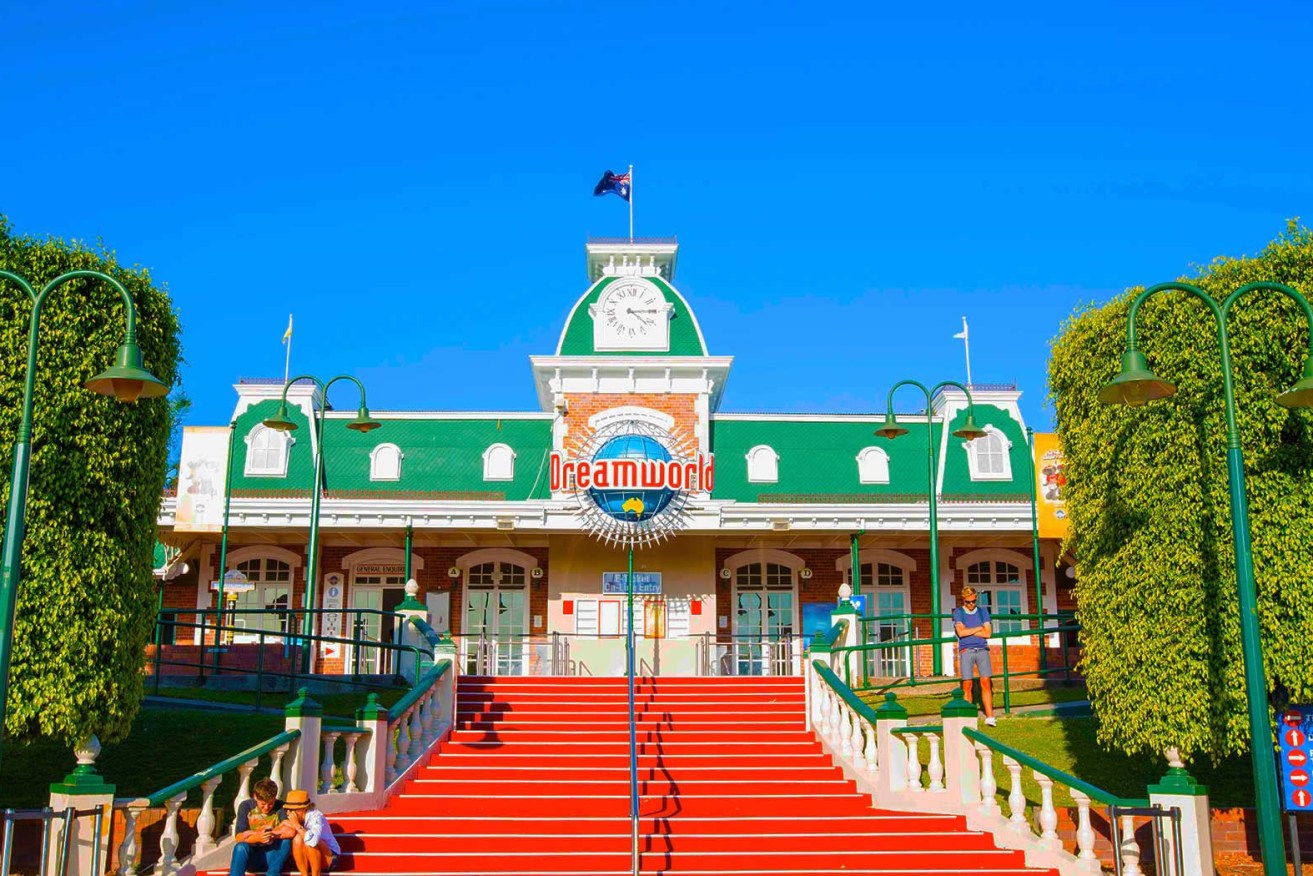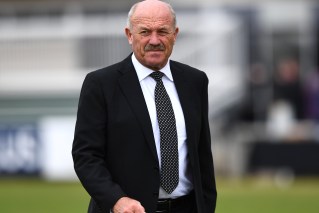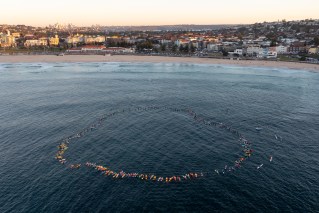Dreamworld denies misleading on safety, says inspectors missed risks
Ardent Leisure, which owns Dreamworld, boasted “guest safety is our number one priority” before four people died on a ride. Shareholders believe the company misled the market.

Dreamworld is still defending its actions prior to the deaths of four people on the Thunder River Rapids Ride.
The shareholders have filed a class action in the Federal Court seeking unspecified damages from Ardent over an inflated share price before, and losses since, four people died on the Thunder River Rapids Ride in 2016.
Cindy Low, Kate Goodchild, Luke Dorsett and Roozi Araghi died when their raft collided with an empty raft and flipped in October 2016. A coronial inquest heard evidence of a litany of issues with the ageing, modified and failing equipment at Dreamworld, and how it was being managed.
Ardent Leisure was last year fined $3.6 million after pleading guilty to three breaches of workplace, health and safety laws brought by Queensland regulators.
But in response to the class action, Ardent and its CEO at the time, Craig Davidson, deny their actions caused any loss or damage to shareholders.
Before the tragedy, the theme parks division accounted for between 15.6 per cent and 21.3 per cent of the company’s total revenue, and the Dreamworld website had an extensive section on ride maintenance to supposedly demonstrate “guest safety is our number one priority”. Annual reports made similar claims.
In documents filed in the Federal Court, Ardent insisted any safety incidents had been investigated and responded to, internally, and it was not aware of any obligation that it notify the Australian Stock Exchange.
Davidson said previous incidents were largely due to operator error, and his role was somewhat separated from the Ardent board. The company also sought to clarify the line of command to defend those individuals it said would not have known of the dangers.
Ardent said even Workplace Health and Safety Queensland – which later investigated and prosecuted the company – did not identify the removal of wooden slats on the Thunder River Rapids Ride “as a risk to the health and safety of passengers”.
“WHSQ Inspectors visited Dreamworld on numerous occasions in the period 1990 to 2001,” Ardent states in its defence.
“A group of 20 WHSQ inspectors conducted a park-wide audit of Dreamworld for 3 days starting on 18 November 2003. Four WHSQ inspectors inspected the TRRR at this time.
“WHSQ conducted further site visits and audits between 2003 and 25 October 2016 and did not issue any corrective notices or take any enforcement action in respect of the Slat Removal (or any other issue) on the TRRR.”
The shareholders had argued that “the slat removal posed an obvious risk to the health and safety of passengers in that the removal of the slats left a gap between the remaining slats of such size that a passenger could fall through the gap if rafts collided and inverted or if a passenger fell out of the raft”.
An inquest by Coroner James McDougall laid most of the blame for the tragedy lay with Dreamworld, finding also that their longstanding mismanagement of rides was “masking of the real risk of the TRRR”. But he found the regulators should have been more thorough.
“While I accept the (Office of Industrial Relations) submissions that they did undertake onsite auditing and that they were very pro-active with the industry generally concerning safety, the onsite auditing by the Regulator of amusement devices at Theme Parks in Queensland prior to this tragedy obviously did not pick up the dangerous state of the TRRR as described by the independent engineering experts and the OIR inspectors who came to the site after the tragedy,” McDougall found.
“It is also evident from the basis of the extensions granted to Dreamworld for compliance with the annual renewal registration in 2016, that there was an unjustified trust held by the Regulator as to the sufficiency of the safety and maintenance systems in place to ensure the safe operation of the high-risk plant. Clearly, given the nature of this tragedy, and the surrounding circumstances, including the lack of record management, the absence of any meaningful hazard assessments or effective engineering oversight of these devices, this was simply not the case.”
The State Government has subsequently tightened the regulatory regime.
The amount being sought by the shareholders is unclear, and theirs is only one of the lawsuits against Ardent Leisure. The company’s share price fell from $2.35 before the incident to 10 cents last year, and has barely recovered.












